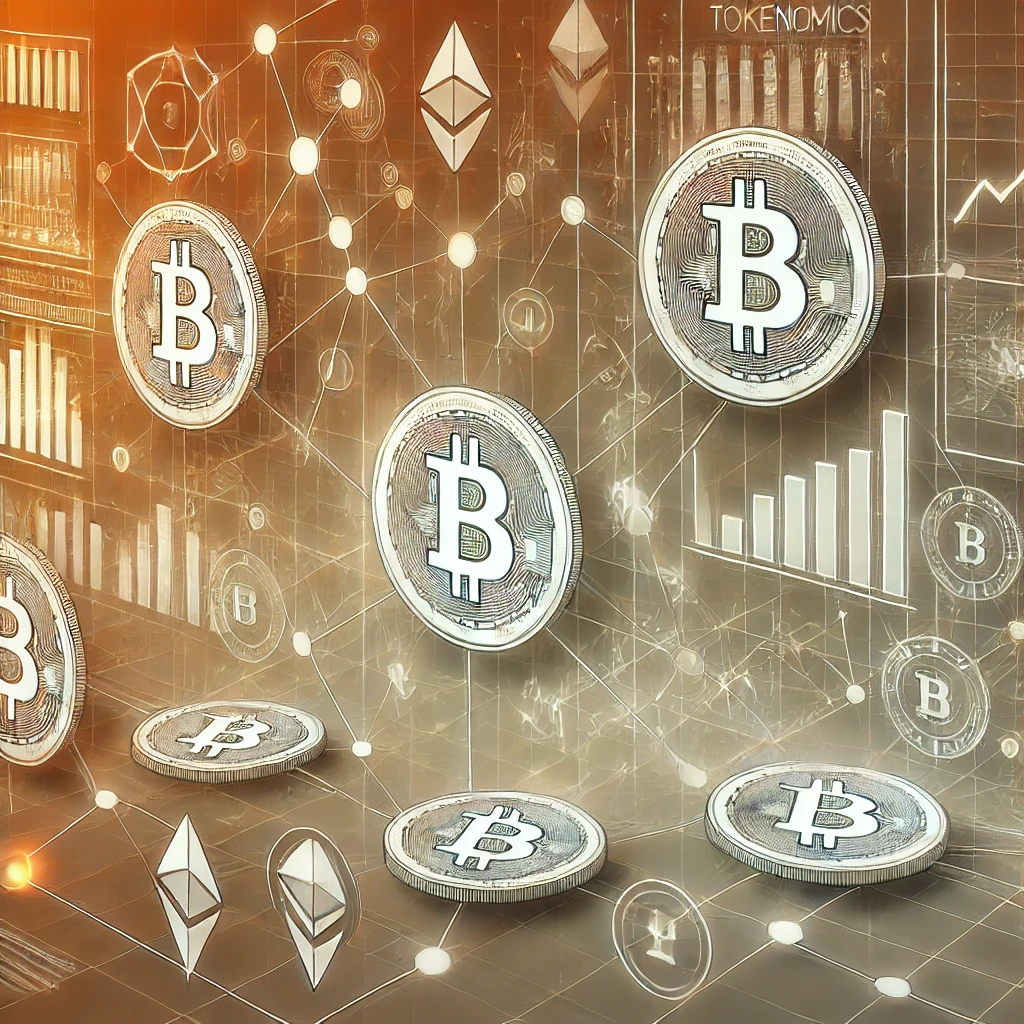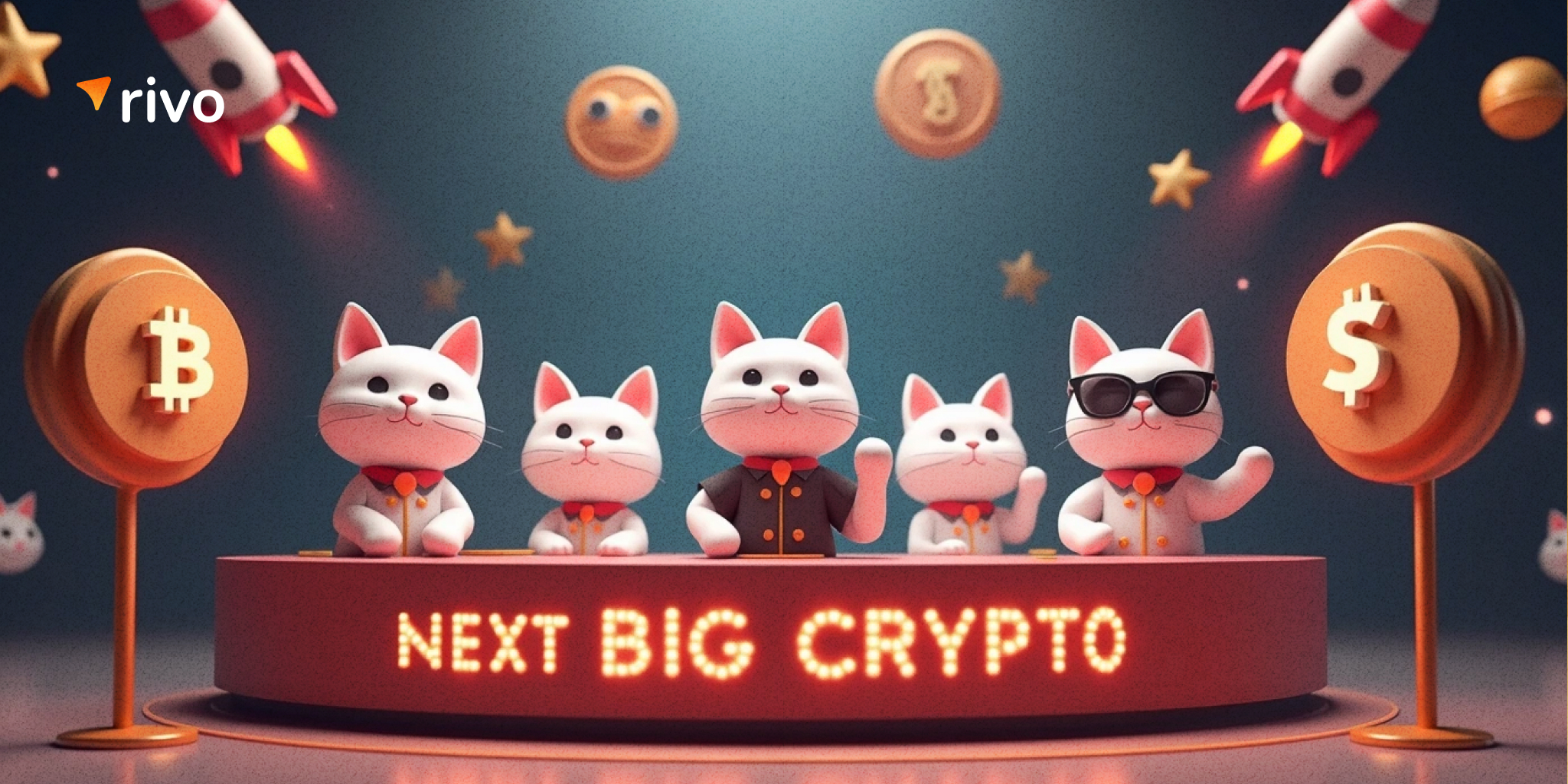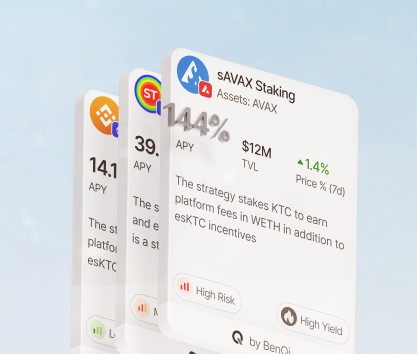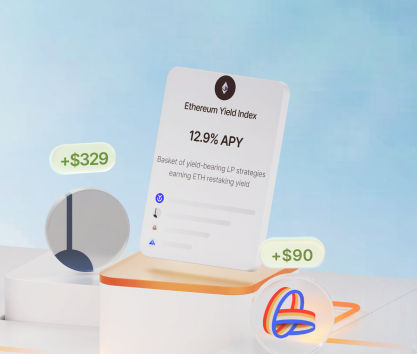When it comes to investing in the decentralized finance ecosystem, one of the biggest hurdles that many investors have to overcome is the difficult onboarding on protocols that seem foreign and way too different from tradfi instruments. One of the problems is the necessity to learn a completely new technology and get a good grasp on how everything works.
Tokenomics is one such concept that confuses newcomers. Learning how it works and affects the potential profitability of your investments is crucial for the long-term success of financial activities in the sector.
Understanding DeFi tokenomics
Decentralized protocols offering novel financial instruments have to incentivize participation and provide utility to users. Imagine that you came to a platform where people are not interested in interacting with you and prefer to keep to themselves. A ghost town inhabited by unresponsive inhabitants.
While the main goal of issuing a token can be disconnected from the functionality of the chain or protocol, initially, they all serve a very specific purpose: drawing in the audience and incentivizing engagement.
A good example is a decentralized exchange that needs liquidity. It can issue utility tokens that give holders voting rights in the DAO or discounts and other privileges. For instance, Aerodrome on Base is a DEX where users are rewarded with AERO tokens for liquidity provision.
The protocol has over $890 million in TVL across 320 pools averaging 102.13% APY most of which is paid in AERO tokens which have been doing quite well in the crypto market in 2024.
Some tokenomics valuation methods
Protocols and chains issuing tokens often have their destiny determined by their tokenomics. For instance, the SQUID token, a meme coin that was pumped during the peak of popularity of the Netflix show “Squid Game”, lost over 99.99% of its value due to poorly designed tokenomics and ultra-rapid inflation.
Tokenomics usually contains 5 distinct components that can be used as valuation metrics:
- Token supply. The total number of tokens that are planned to exist (it can be infinite), the number of currently circulating tokens, and the character of the tokenomics (inflationary or deflationary) should be considered and analyzed when you try to find a good platform to work with.
- Distribution. Projects in the DeFi ecosystem often distribute digital assets to reward users, incentivize the development team, raise funds through ICOs (Initial Coin Offering), or shout from the rooftops about their Grandiose new product by conducting an airdrop.
- Utility. When it comes to analyzing DeFi projects, you should look at the purpose of its native digital asset. A token can be used to receive rewards and discounts, interact with the protocol, vote in DAOs, and do all sorts of other cool things. Usually, a token that has a clearly defined purpose performs better in the market.
- Incentives and rewards. Users won’t even touch the products offered by a protocol if they are not handsomely rewarded for their contributions. Tokens are often used as a way to thank investors who decided to support the platform with their wallets. It is important to understand why these tokens are being issued in the first place.
- Participation in governance. Most tokens are used for governance in their respective DAOs. A good example is the Curve DAO which is an independent and fully decentralized organization that manages the Curve DEX. This particular case is one of the best examples of tokenomics that have led to success despite having some issues with inflation.
All tokens have these critical components. They must be issued with a certain plan in mind, distributed among users, provide some sort of utility, reward you for using them, and provide access to governance.
The importance of tokenomics in investing
Understanding relationships between the aforementioned components and considering the current state of affairs in the crypto market can be incredibly useful when trying to come up with a reliable investment strategy.
First, let’s examine several cases of tokenomics that are considered successful:
- Bitcoin is the first cryptocurrency ever created. The supply is capped at 21 million and many coins are lost forever due to mishandling, loss of access by owners, and other such reasons. It is a deflationary system where the scarcity is further intensified through difficult PoW mining with rewards reducing after each 210,000 mined block.
- Ethereum does not have a cap in the typical sense of the word but the inflation is managed through burning tokens be sending them to special wallets. Currently, the distribution is done via the PoS consensus mechanism where validators fill their pockets with what is essentially commission. DeFi token valuation often depends on the performance of ETH as it is the biggest DeFi blockchain.
- Binance Coin or BNB is a token that has a soft cap of 200 million with some tokens periodically burned. The main selling point of this digital asset is that it provides trading fee discounts and other perks within the Binance ecosystem which is quite massive. A smart investor remembers that this token is issued by the biggest centralized exchange in the world! So, the impact of market conditions on tokenomics in this particular case is tremendous, to say the least.
- Axie Infinity is a play-to-earn game. It was the hottest topic for legacy and social media. Imagine earning some spare change by powering up your favorite axies (in-game monsters). The supply is capped at 270 million AXS. However, the tokenomics led to severe issues with the in-game economy leading to a crash in 2022.
The last case is quite important for our discussion. At the height of its popularity in 2021, the game generated over $1.3 billion in revenue. The price of the AXS token reached $160 and the market cap was creeping on $9.8 billion. However, the spectacular mismanagement of the in-game economy and the poorly planned distribution of tokens led to a 96% price reduction in just a year leaving many investors holding a nearly empty bag.
It is one of the risks associated with tokenomics. While the initial plan may look great on paper, consequent decisions and mishandling or changes initiated by uninformed governance organizations can be devastating.
Note that successful tokens usually perform better and have plans that are laid out well and governing communities that can react to various changes in the ecosystem quickly. However, the inconsistency is the biggest reason why diversification is important. Instead of trying to find one promising asset, you can invest in an index like the Base Yield Index offered by Rivo at a solid 18% weekly APY.
Tokenomics and investment strategies
Analyzing a project by taking an intense glance at its approach to issuing and distributing tokens can be a great approach for people who want to hold tokens for long periods. It is crucial to look at the direction in which the project is headed. How many tokens will ever exist? Who receives the bulk of rewards? You should have clear answers to these questions to understand how communities affect the tokenomics of projects and prices of digital assets.









